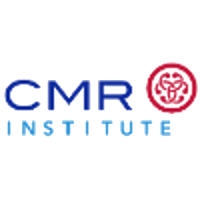
CMR Institute
At CMR Institute, we educate life sciences professionals and their organizations with relevant and immediate industry information that increases knowledge and understanding of the issues affecting healthcare today.Our non-profit educational mission is founded on our belief that highly-trained professionals are key to well-informed, patient-centric decisions. This is why we were established in 1966 by physicians.